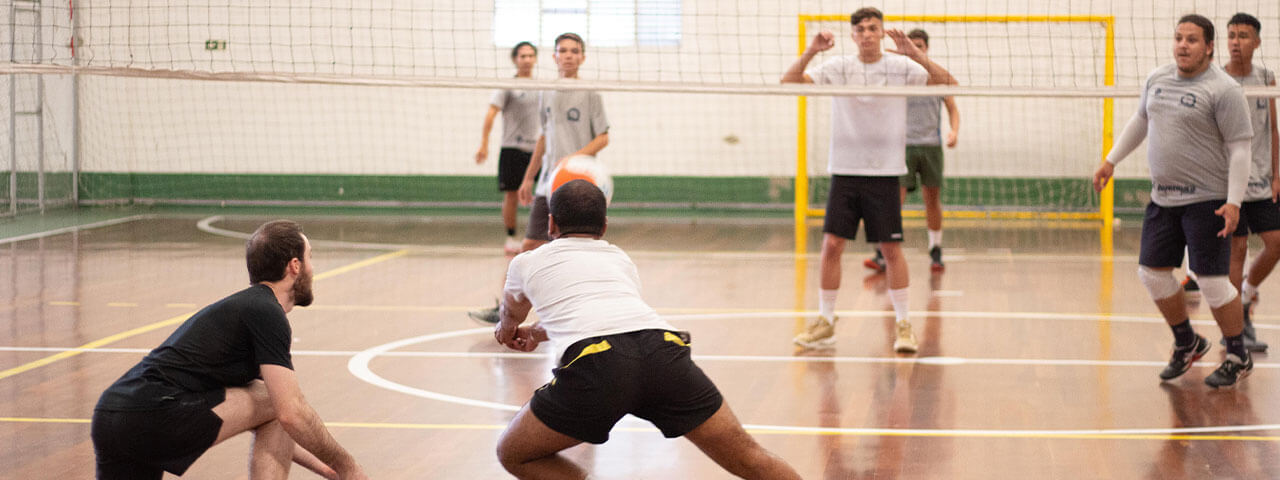
How Sports Vision Training Can Improve Your Volleyball Skills
What is Sports Vision Training?
Whether playing recreationally or on a competitive or elite level, athletes need not only keen eyesight but also strong visual skills that allow them to see things at the edge of their visual field, quickly shift their focus from near to faraway objects, and facilitate hand-eye coordination, among other tasks. Sports vision training consists of customized exercises to retrain the eyes to work more efficiently and quickly with the brain. We will will assess your visual skills and design a customized program to help you develop the specific visual skills most needed to excel at volleyball.
Even people with 20/20 vision can benefit from sports vision training to process and respond to visual information. Repetition of those exercises results in visual memory, so that the physical responses become second nature, including in volleyball.
Along with Physical Skills, Volleyball Draws Upon Vision Skills
In volleyball, players are continuously “reading” with their eyes the ever-changing positions of the ball, their teammates, and opposing players, and keeping track of stationary objects like the boundary line, end line, and net.
Players track the ball to gauge its velocity, its height and distance, and it’s spinning action to formulate a response. The visual system directs the motor system, so improved visual skills lead to improved performance on the court.
A sports vision training program typically lasts several weeks to several months. It involves close monitoring and follow-up appointments to ensure steady improvements in a patient’s visual functions. The exercises cover visual skills such as eye focusing, eye teaming, depth perception, hand-eye coordination, peripheral vision, and visualization.
We can provide sports vision training for volleyball players and other athletes at all levels with weekly in-office appointments, along with at-home exercises to complete. We serve patients in Spokane, Post Falls, Coeur d'Alene, Sandpoint, and throughout Washington.
References:
